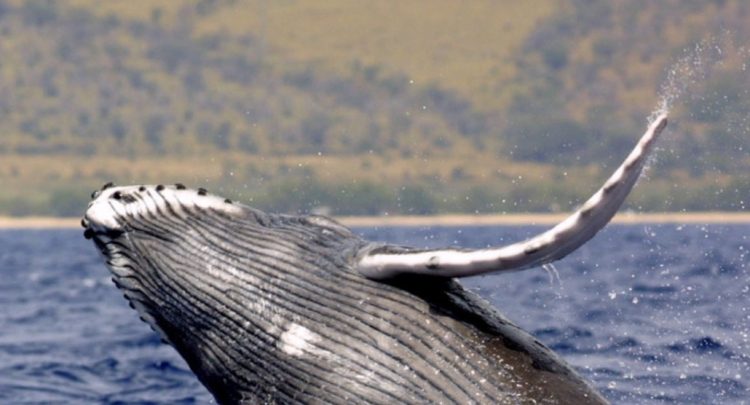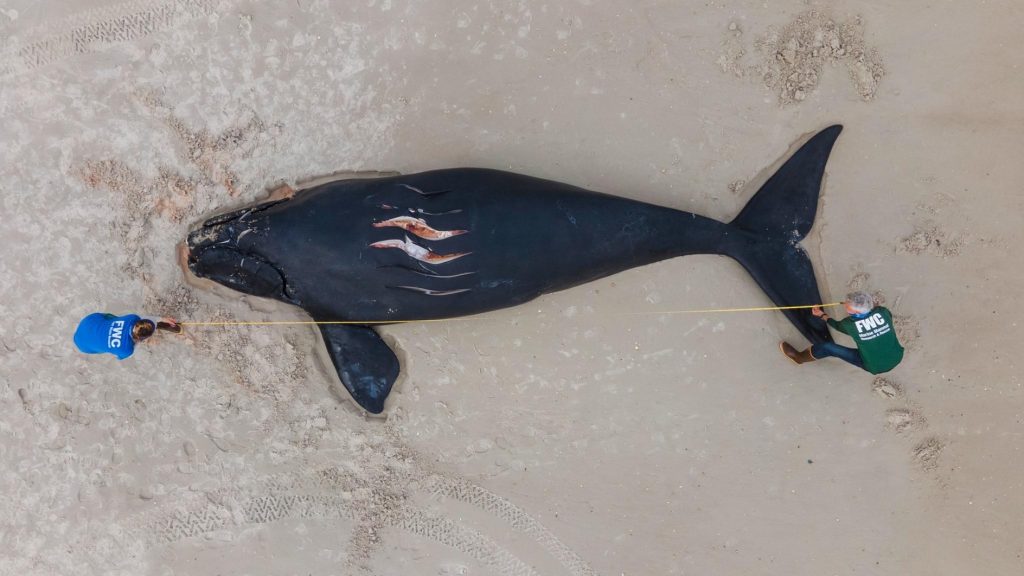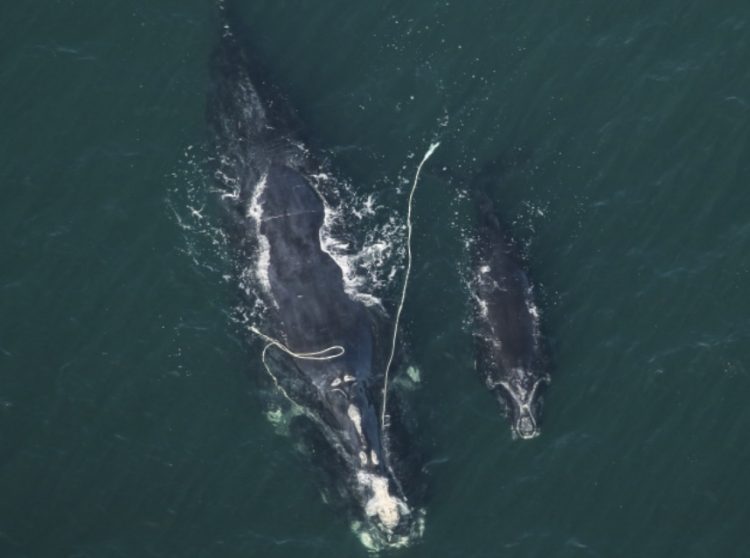Environment
Short Takes
Georgia’s new data center rule increases local controlDecember 1, 2025

By David Pendered
Jan. 14 – The deaths of six whales in the past month that washed ashore in the New York/New Jersey area have prompted some conservationists to call on the Biden administration to halt development of offshore wind farms in the region.
New Jersey-based Clean Ocean Action wrote in a Jan. 9 letter to Biden that the development of offshore wind farms in the region should stop during the necropsy of the six whales. The letter was part of a bigger package and the letter observed:

COA met swift pushback from New Jersey’s League of Conservation Voters. In a Jan. 12 statement, Allison McLeod, New Jersey LCV policy director, observed:
The interchange underscores the nation’s debate over offshore wind farms and efforts to regulate it. The debate is very active and stakes are very high.
Just last month, on Dec. 5, 2022 the federal government released its 30-year Federal Survey Implementation Strategy that aims to protect sea life in relation to wind farms in the North Atlantic Ocean. The strategy defines the region as located from Maine to Cape Hatteras, in North Carolina. The strategy was devised by NOAA and the Interior Department’s Bureau of Ocean Energy Management.
Wind energy is a key component of the Biden administration’s pledges to decarbonize the electric grid by 2035 and reach net-zero carbon emissions by 2050.
In addition, leases for offshore wind farm have proven to be lucrative for the government. The Biden administration signed a $4.37 billion deal for wind farm leases in the New York Bight in a package the Interior Department said was the “highest-grossing competitive offshore energy lease sale in history, including oil and gas lease sales.” The bite is the crook of ocean bordered by New York and New Jersey.
Meanwhile, the conservation group Oceana has renewed its call for the administration to strengthen regulations over commercial fishing practices that harm the North American right whale, and other species.

A female right whale was spotted 20 miles off Rodanthe, a town on North Carolina’s Outer Banks. She’s tangled in line and not expected to survive, according to a Jan. 12 statement from NOAA. A similar fate may be in store for Snowcone, who made headlines after scientists removed some line in which she was tangled. At last sighting, in July, the New England Aquarium said Snowcone appeared thin and plagued by lesions.
Of the latest whale to be entangled, Oceana’s campaign director, Gib Brogan, observed in a Jan. 12 statement:
NOAA is evaluating safeguards that include rope-less retrieval mechanisms of lobster traps and crab pots. The systems work by deploying floatation devices in the traps that bring the trap to the water’s surface. The current system uses a buoy floating on the surface connected by a line to the trap resting on the sea bottom. Whales get caught in the line.
Since Jan. 1, four dead whales have been found along the East Coast. All are members of endangered species, according to NOAA’s reports.
The count includes three humpback whales that beached on the coastline – two in New Jersey and one in Virginia, according to a Jan. 13 NOAA report. The fourth is a North American right whale, a male calf found dead near Morehead City, N.C. with no signs of his mother, according to a Jan. 12 statement from NOAA.

0